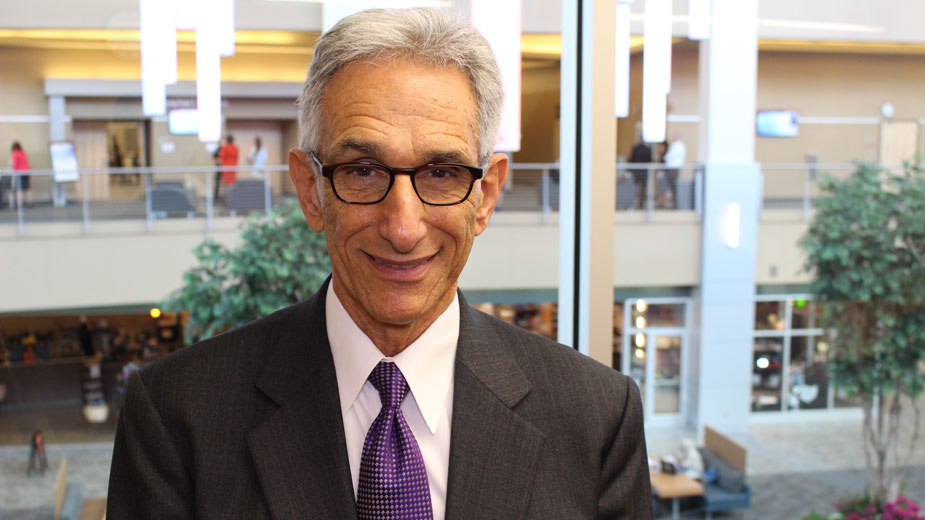Ohio Would Benefit from More Medical Research
ROOTSTOWN, Ohio – Ohio’s economic future could very well lie in medical research and the public is willing to help with funding, a study by industry advocacy group Research! America has found.
In a survey conducted last month, Research America found that 87% of Ohioans consider it important for the state to be a leader in medical and health research, while 78% said spending on research is very or somewhat important to the state economy. Most respondents opined that the state support of research and federal spending on medical research is inadequate.
And, noted Research America CEO Mary Woolley, more than 65% of Ohioans surveyed would support paying $52 more a year in taxes if they could be sure those funds went directly to health research.
“People who live in Ohio want that translation to happen,” she said. “They want educational institutions and hospitals to put their know-how to work, and hand it off to work in partnership with the industry.”
Among the most important health issues the state faces, the survey of 802 people found, are drug or substance abuse, cancer, obesity and mental health.
The findings were presented at a forum hosted by Northeast Ohio Medical University, “Medical Research: The Right Prescription for Economic Growth.” The forum brought together university presidents, CEOs of companies involved in medical research, and officeholders to discuss some of the challenges that go along with finding funding, what research their organizations are doing and the impact of their studies.
Dr. Jay Gershen, president of Neomed, said the impact of medical research on Ohio comes in the form of thousands of jobs; one estimate reported that every $1 million spent on medical research creates 18 jobs. Last year, $700 million alone came to Ohio through grants from the National Institutes of Health.
“If you think about that $700 million, you’ve got thousands of jobs and thousands of high-paying jobs,” Gershen said.
Over the past three years, 150 bioscience companies have opened in Ohio, Woolley added, and such companies can be found in 81 of the state’s 88 counties.
Beyond jobs, there is also the social impact of medical research, pointed out Gojo Industries President Joe Kanfer. His company, which manufactures hygiene products including Purell, did a study last year that found students who practice good hand hygiene miss 1½ fewer days of school per school year.
“A day-and-a-half each gets you almost 100 million more days of education in America just from good hygiene. It’s pretty simple,” Kanfer said during a panel discussion.
Universities come into play in projects like that study, he continued. Little can be monetized in a study like that, Kanfer said, so many medical research firms are likely to pass on such efforts. Understanding how people can apply research findings or increase the base of knowledge that leads to bigger and better projects are rarely big moneymakers for research companies.
“Unlike the silver bullet that you can patent and get a big return on, things like prevention don’t fit well in the economic model of for-profit business,” he said. “It’s an important reason to why we need a public-private partnership. We need to understand the complicated human nature of ours.”
The Research America survey reported that 42% of Ohioans believe there isn’t enough cooperation among universities, companies and the government.
All eight of the university presidents at the summit agreed that such partnerships are crucial to making discoveries and educating students.
“The key to competing in this global world is doing a great job from the education standpoint, from the government standpoint – because they’re so involved in research – and from the business community,” said Youngstown State University President Jim Tressel. “To come together and share ideas and learn from each other is very healthy.”
When schools conduct their own research, added Ohio University President Rod McDavis, it can extend beyond just medical students. In Athens is a strong collaboration between the Russ College of Engineering and Technology and the Heritage College of Osteopathic Medicine, he said.
“When you get people together from different disciplines, you get creative ideas about how to improve the human condition,” McDavis said.
When medical research funding is adequate, it has the power to transform the economy in the area and, potentially, the state. Between the research centers in the state – such as University Hospitals and the Cleveland Clinic – and the 14 public research universities, Ohio is a spot to take advantage of the opportunity.
“What’s important is making northeast Ohio a corridor of medical research. I do believe we can do that. We have some of the greatest universities,” said Rep. Jim Renacci, R-16 Ohio. “We have some of the greatest medical facilities. Putting together those organizations and getting the power of that joint effort will be unbelievable.”
Pictured: Dr. Jay Gershen, president of Neomed, said the impact of medical research on Ohio comes in the form of thousands of jobs.
Copyright 2024 The Business Journal, Youngstown, Ohio.



